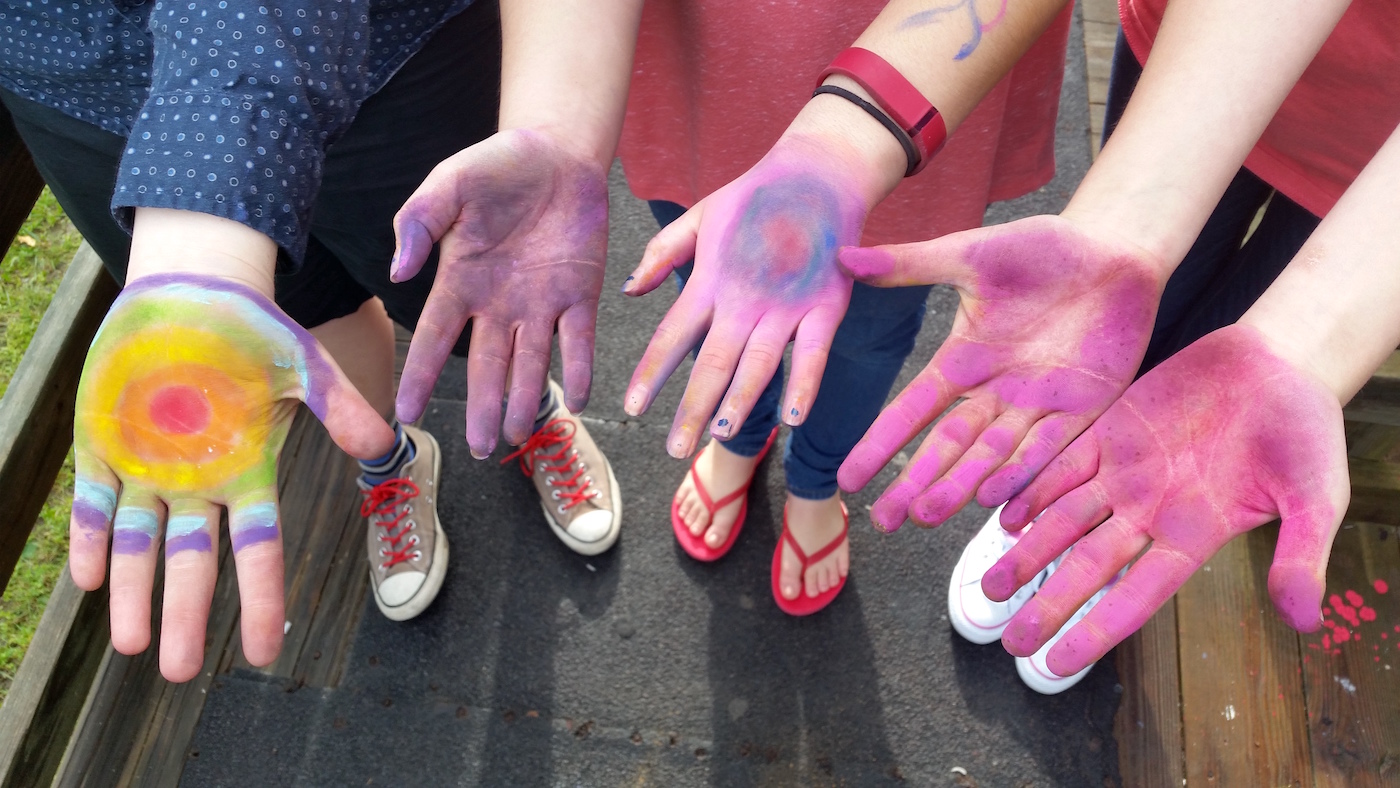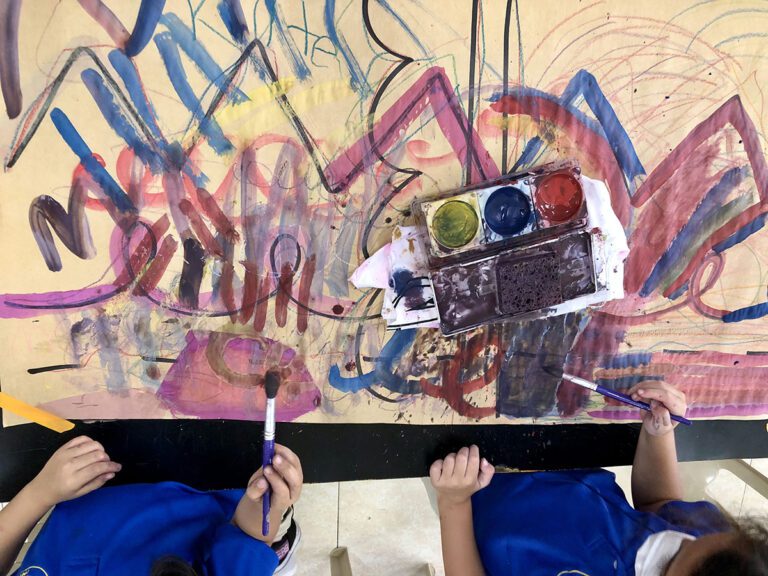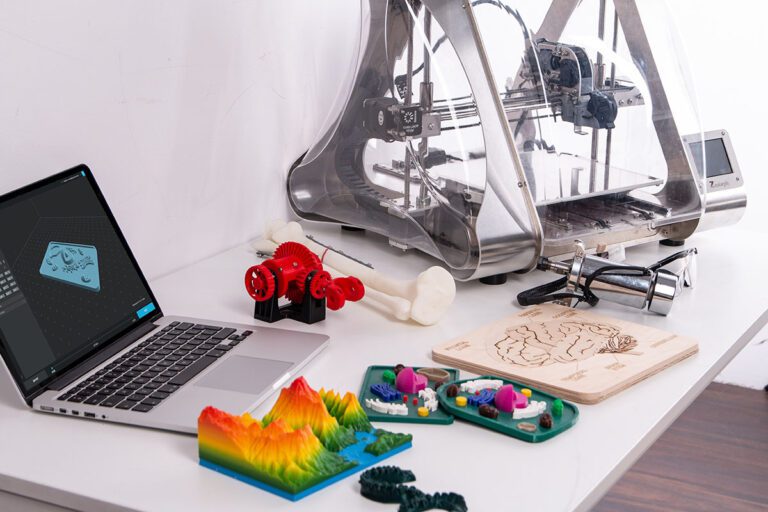Sometimes good ideas precede general acceptance. There’s no pedagogy in art education this is more true for than TAB. When Katherine Douglas, Pauline Joseph, and John Crowe pioneered this teaching method in the 1970s they weren’t trying to revolutionize the way art is taught, but the work they were doing was so powerful more and more teachers followed their example.
Today, TAB, which stands for Teaching for Artistic Behavior, has never been more popular. Presentations about the approach fill up fast, social media sites dedicated to the practice have memberships in the thousands, and gurus like Ian Sands are invited to be keynote speakers at conferences.
TAB has reason to be so popular. It’s a flexible approach that’s designed to be adaptable, so it works for all ages and in different settings. Its goal of teaching art by giving kids the responsibility of using ideas they develop has a clear connection to popular methodologies like Makerspaces and Genius Hour. Plus, the National Standards have finally caught up with TAB’s thinking when they were redesigned in 2014.
The days of one-size-fits-all projects are gone. It’s time for the rest of Art Ed to be more like TAB.
Here are 6 Amazing Things About TAB

1. TAB simplifies your set-up.
Students are responsible for their own supplies in TAB classrooms. In most elementary classrooms, this looks like having students work in centers. Some upper-level teachers forego centers and just have accessible, labeled supplies. In both cases, students select their own materials. This takes some planning and organization on your part, but once it’s up and running, it’s a beautiful thing. There’s no more running around like a crazy person between classes to get supplies ready. In fact, kids also plan their own projects and are happy to mentor each other. Yes, this is as good as it sounds.
2. No more Groundhog Day.
Have you seen that movie? The premise is that Bill Murray’s character lives the same day over and over again. This sounds familiar to many art teachers! With a TAB set-up, each day and each class are individual and unique because kids use their own original ideas. It’s fun and inspiring instead of boring and repetitive.
3. Finished early? No problem!
In TAB classrooms, everyone finishes at different times, without issue. They just move on to the next step, which might be starting the planning of another artwork, working in a series, or completing a reflection. They know to do this because of the framework and expectations set by the teacher, which have to be taught and reinforced.
4. A flexible curriculum can meet everyone’s needs.
The quiet girl who loves to draw horses wants to work on adding value to her work. The three boys who want to build a giant cardboard castle need to learn about making attachments. The student with special needs who wants to cut shapes for a collage needs support. All of these things and more can be going on in a TAB classroom simultaneously. How you ask? Well, because the teacher isn’t trying to guide a whole class through the same set of steps, they’re free to provide one-on-one support. Plus, content is displayed around the room with command charts which students, like the boys who are building the castle, can use to answer their own questions.
An example of something like this is the Attachment Techniques Chart shown below. Made by Michigan-based K-5 teacher, Lisa Van Plew-Cid, this is a wonderful example of a resource that students can use to guide their own learning.

If help is needed and the teacher is busy, students are happy to share the unique knowledge they’ve developed pursuing ideas. They really know and remember what they learned, because the knowledge came from personal connection and exploration.
5. 3D can tame distracted behavior.
You know those kids who can’t sit still or be quiet for more than 3 minutes? The ones who are always tapping their pencils and peeling the paper off your crayons? They are kinesthetic learners and the sculpture center in a TAB class is their match made in heaven. You’ll forget that they are in the room as they silently build intricate structures or be amazed as they take a leadership role in collaboration with peers. Some students who might have difficulty focusing during multi-week painting projects just have an affinity for building and thrive when they can work this way. This doesn’t mean they won’t draw or paint ever – most TAB classrooms have expectations about trying a variety of materials.
6. Who needs to clean?
Students in TAB rooms care for their own materials. This includes cleaning up after they create. If this sounds like chaos, you’d be surprised. Kids finish at different times, so there is no big rush to clean all at once. Plus, everyone is using different materials so cleanup is less congested in areas like the sink.
TAB teaching is empowering for students, who love using their own ideas and for teachers who get to spend more time mentoring and less time monitoring. Sure, it’s okay not to have a TAB classroom – but you might enjoy teaching more if you did.
If you want to start or further your journey into TAB, check out the Choice-Based Art Education course where you’ll dive deep into the power of a student-centered curriculum.
Thinking of trying TAB? Ask your questions in the comments. I’d love to help!
Magazine articles and podcasts are opinions of professional education contributors and do not necessarily represent the position of the Art of Education University (AOEU) or its academic offerings. Contributors use terms in the way they are most often talked about in the scope of their educational experiences.





